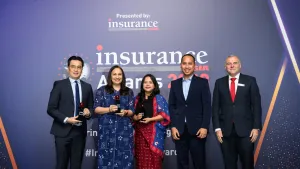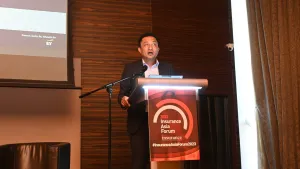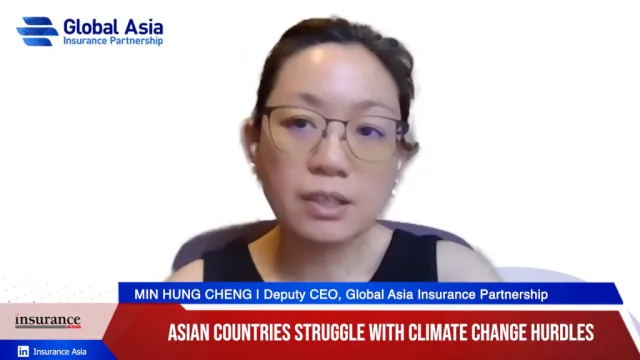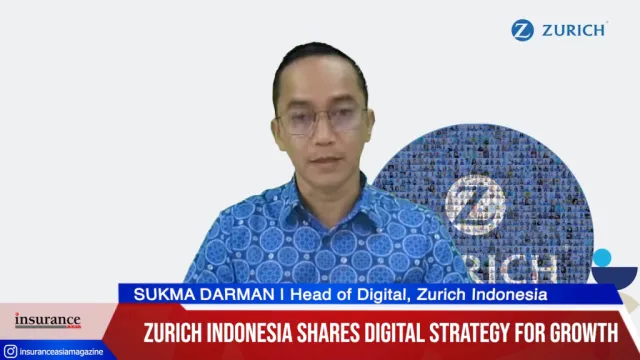Going hybrid is key for traditional insurers to rival insurTechs
By Greg CrowlInsurers stuck in traditional ways may find it hard to outclass these new disrupters.
The rise of InsurTechs is challenging traditional insurers in new ways. Whilst Singapore's life insurance market may be stable in the short term, complacency will be detrimental to business growth. After the initial fallout from the COVID-19 pandemic, Singapore's insurance sectors have bounced back following the resumption of key economic and social activities. General insurance is forecast to reach S$5.6b ($4.04b) in 2025, whilst the boost in demand is consolidating a highly stable life insurance market. Despite the general optimism, however, there’s an acknowledgment from industry players of the many challenges ahead.
These modern competitors are disrupting the industry with digital capabilities, automation, streamlined operations, flexibility, and efficiencies. Whilst InsurTechs will have to face the same obstacles, traditional insurers may find these challenges harder to address. Most are re-using outdated legacy technology and operating models to create digital businesses, whilst InsurTechs are leveraging state-of-the-art cloud-based technology to respond and adapt faster.
Traditional insurers need to refocus their digitisation efforts and start at what they can do to achieve the best results in three key areas that’ll deliver the fastest, most lucrative returns to the business. Even better, they can be digitised as part of a hybrid model that enables insurers to deliver delightful multichannel customer engagements, while still leveraging comprehensive datastores within legacy applications.
Leveraging Strengths to Accelerate Digitisation
When it comes to digital transformation, traditional insurers can ensure big returns quickly by leveraging automation for applicant onboarding, claims processing, and underwriting. These processes all consist of a high incidence of manual data entry, low cognitive requirements, like checking documents for completeness and data accuracy, redundant manual data extraction and document verification, and a high percentage of exceptions that require human review and decision-making.
The onboarding process is a critical time for insurers, but traditional insurers stuck in paper mode cannot begin to compete. With multiple sources contributing to the high volume of documents involved in the claim process, a manual approach is too costly as it slows processing times.
Automation can help insurers input the First Notice of Loss (FNOL), automatically notify loss adjusters, and give assignments to claims handlers, and integrate all the information pertinent to a specific claim across all sources and formats. In fact, automating claims processing has been shown to significantly reduce adjudication times and directly improve customer satisfaction.
Underwriting, too, is a time-consuming process when done manually – which typically takes weeks to complete. Automation technologies like RPA and process orchestration, however, gather and process the required data about the applicant from internal and external sites.
Navigate Complexities with Intelligent Automation
It would not be strange to think these business efficiencies must come with added complexity, and the first step to overhauling these workflows is often a cultural one. InsurTechs continue to grow and capture the highly coveted customer base of traditional insurers, however, this doesn’t mean totally discarding legacy systems. Leveraging an intelligent automation platform and a digital workforce to connect to internal and external information systems saves insurers from having to replace legacy architecture while providing the tools and technologies needed to compete with the rapidly growing InsurTechs.
A low-code platform provides a visual editor and reusable actions that users can drag and drop into the process that further speeds the process along with an easy-to-use interface citizen developer can use to build and deploy automation solutions in less than a day. When this approach is scaled enterprise-wide employees will be equipped with the ability to quickly assemble new processes and build applications without having to explore, create, and test new scripts, so more resources are allocated on mission-critical work and personalised customer service.
Driving digital transformation by applying solutions to fit their current context isn’t only ideal for traditional insurers, but inherently realistic. The agility gained will accelerate speed-to-market and raise profitability by reallocating operational savings to cost-effective investment areas. Harnessing intelligent automation is a sure-fire way for traditional insurers to future-proof operations, propelling them to delight customers and compete with InsurTechs.


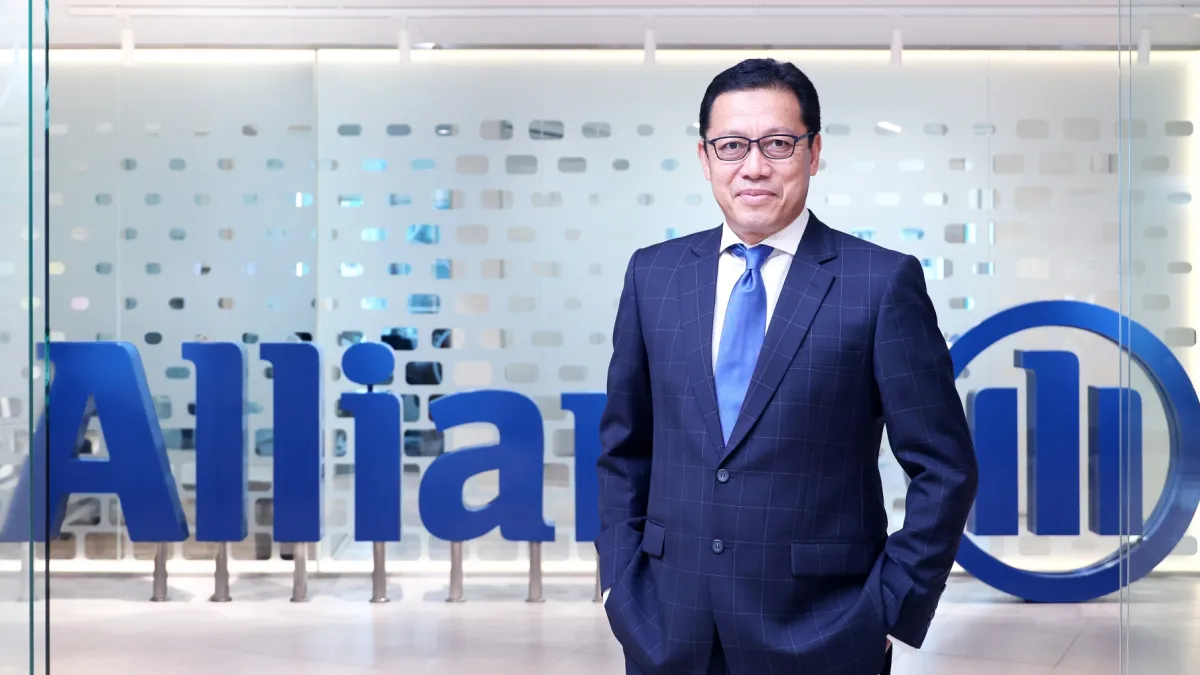








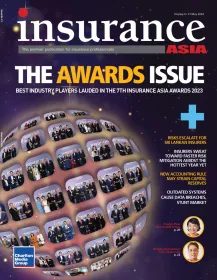
 Advertise
Advertise

